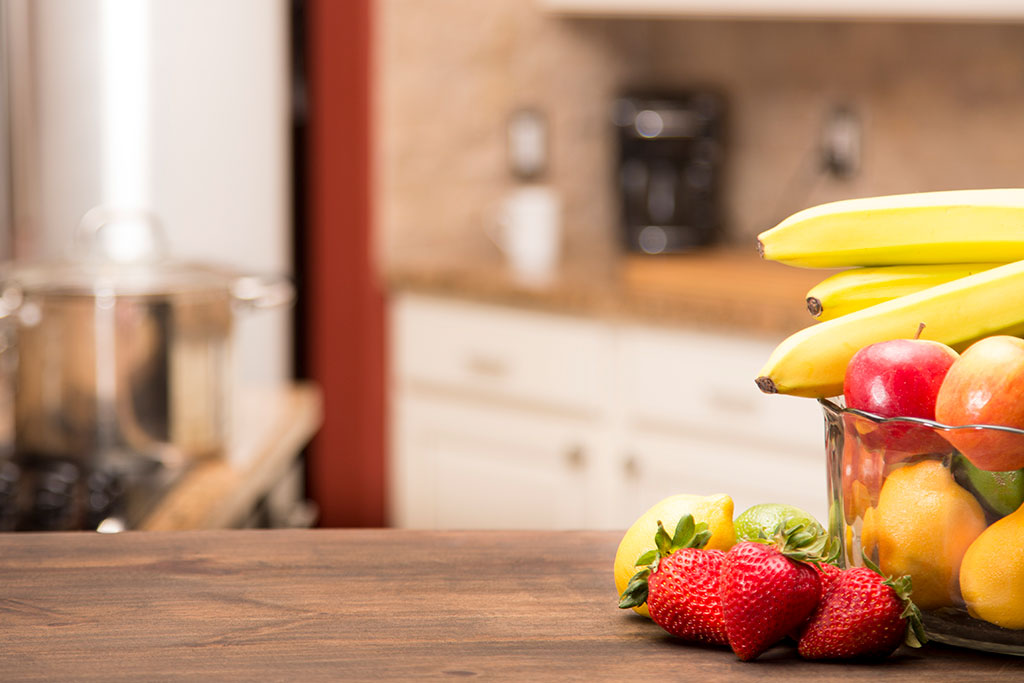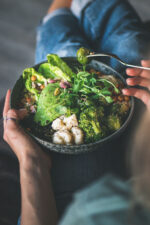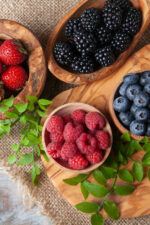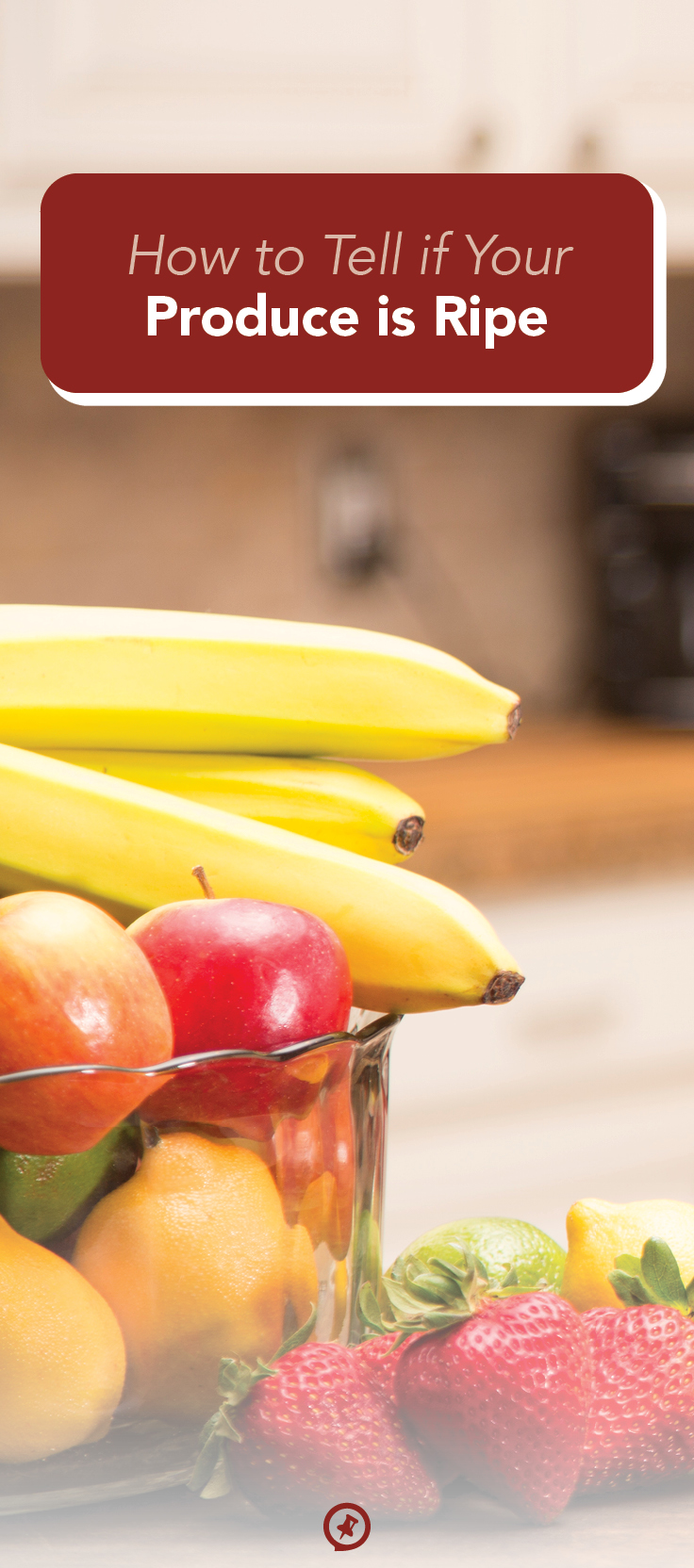How to Tell if Your Produce is Ripe
Shopping for fruits and vegetables can sometimes feel like a game of luck.
You pretend to know what you’re looking for as you thump, sniff, and inspect your way through the produce section (while also carrying around the guilt of throwing out half the items in your refrigerator drawer last week). Here are some tricks to help you choose the ripest fruits and vegetables every time.

Buy in season
Keep an eye out for signs posted about what is in season. Selecting produce this way will give you a much better chance of bringing home items that are at peak freshness and flavor. They are also more likely to be grown locally, reducing the time from farm to table.
Give it a squeeze
Depending on what you are buying, your produce’s density can be a good indicator of if it’s fresh. Vegetables like cucumbers, bell peppers, celery, and squash should be firm, as should fruits like apples and pears. On the flip side, if you are searching for a ripe peach or avocado, it should have some give to it. You can also peek under the stem of an avocado for a hint: If it’s green, it’s ripe. But if it’s brown underneath, it’s past its prime.
Examine the exterior
Look over your produce for limp leaves, mold, or odd colors. Broccoli turns yellowish-green and its buds start to open or enlarge as it loses freshness. Sweet corn should have bright-green husks; steer clear if they are wilted or dry. Summer squash should be shiny, while butternut squash should have matte flesh. When it comes to raspberries and strawberries, choose ones that are plump and have a rich color, which indicates they were picked at peak ripeness.
Use your nose
Fruits like pineapple, mango, and cantaloupe will give you clues to their ripeness by how they smell. A pineapple should smell sweet and fruity at the base. A mango will have a tropical smell when ready; if it smells sour or even alcoholic, it has gone bad. A ripe cantaloupe should have a pleasant melon smell, but if you choose one without a fragrance, it will continue to ripen on a counter for a few days.
Use these tips to confidently shop for produce. And remember that even if it does start going bad, you can always use vegetables for soup stock and overripe fruits in smoothies.


















